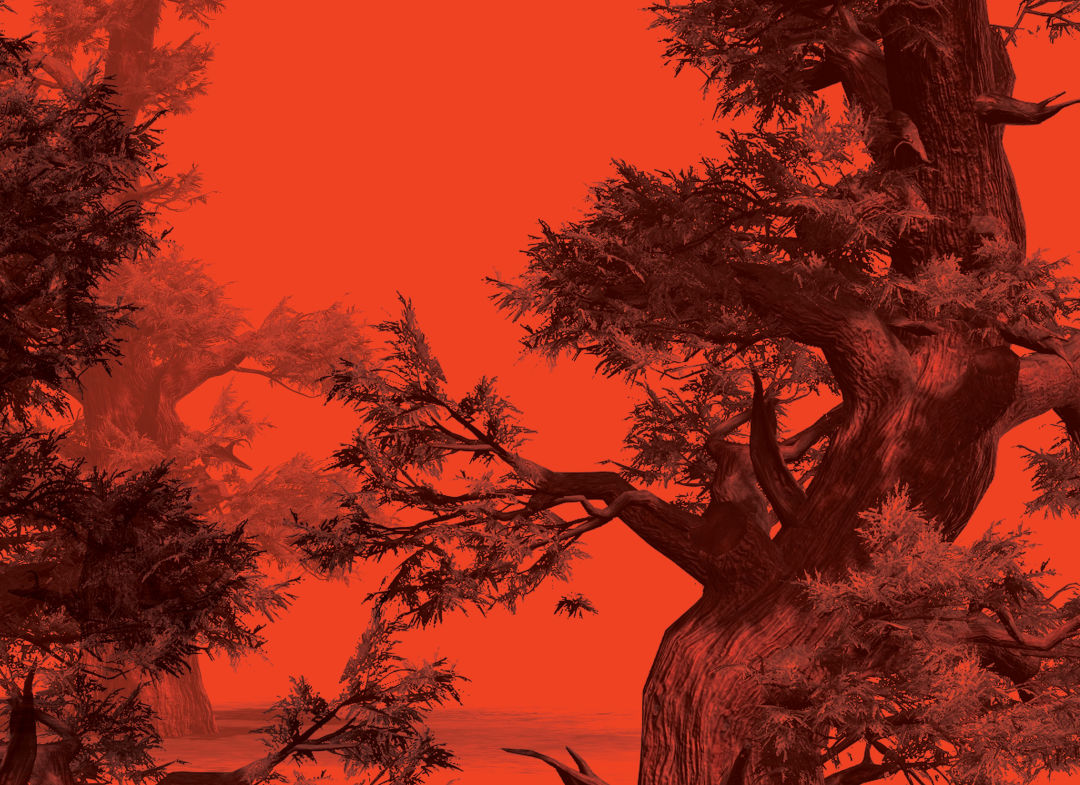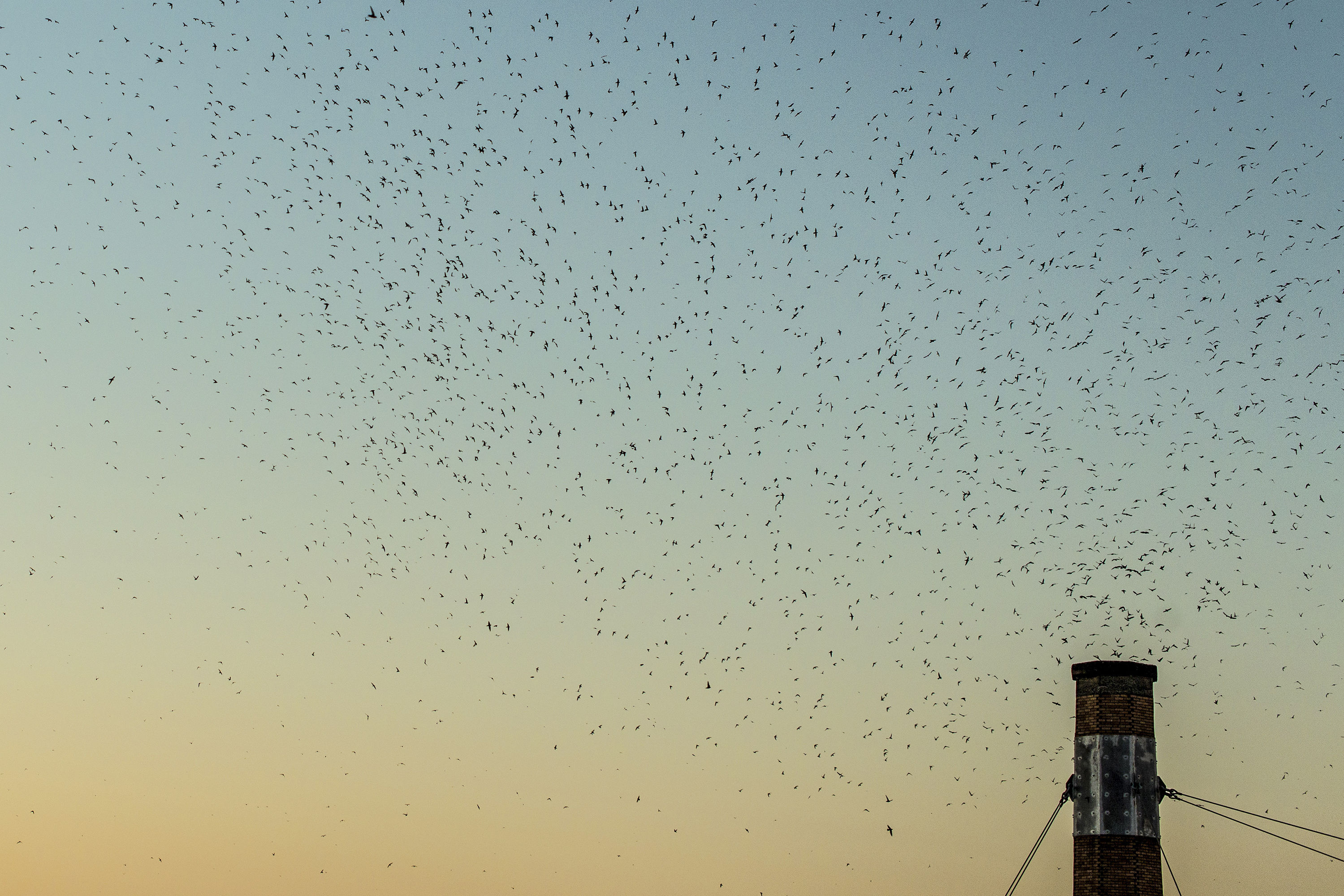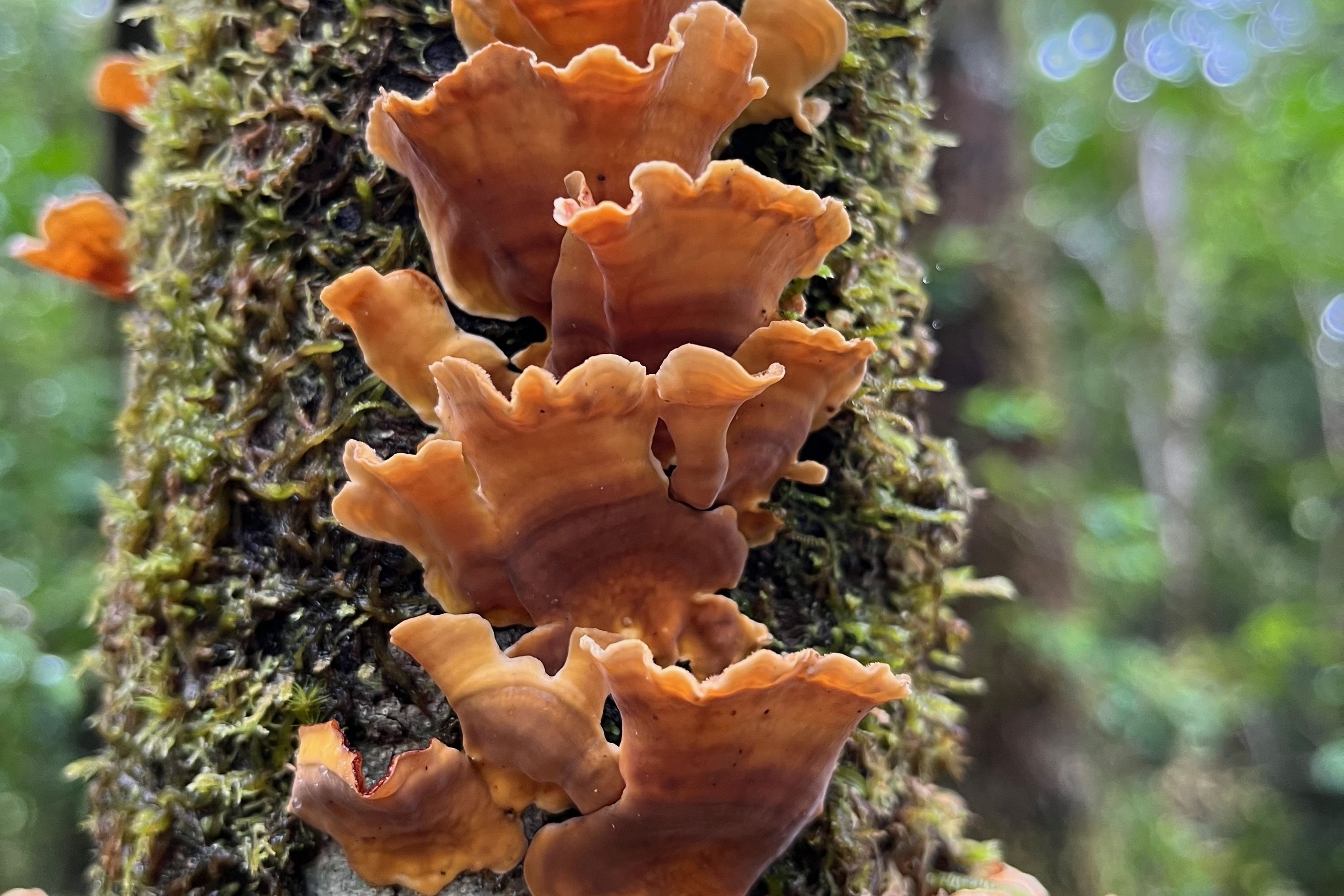A Sweet-Smelling Tree Is Drinking Oregon Dry. Should We Log It?

The menace, if nothing else, looks beautiful.
In the high desert of Eastern Oregon, all along the banks of the Middle Fork John Day River, shrubby, haphazardly shaped, blue-gray-green trees cluster on the hillsides. Not long ago, these bunches stood thinner, creating a sort of polka-dot effect. Now, they form thick groves, blanketing a much larger chunk of the dry grasslands. Ranchers, landowners, and environmentalists think these picturesque trees have made themselves too comfortable.
“I did a project for a neighbor where, on 20 acres of her land, the juniper was so thick that you nearly had to get on your hands and knees just to get to the trees,” says Caleb Morris, whose family has owned land around the town of Ritter for multiple generations. “There was almost zero vegetation underneath the trees because there was no sunlight. There was no moisture. It was just dry.”
With its peeling red bark and perfume-y fragrance, the western juniper is similar to cedar. But slowly over the past 150 years, as robins and other birds spread the tree’s frosty blue berries liberally across the region, the juniper has become an invader in its own native habitat, taking over an estimated 9 million acres of rangeland, where the species faces little to no competition from other trees due in part to the austere desert climate and human fire suppression. Those prolific junipers are thirsty. A mature juniper tree can suck up 30 to 40 gallons of water a day, which can add up when the trees are so pervasive, drying out watersheds and streams while also providing a dangerous (if pleasantly aromatic) fuel for wildfires.
Between their outright seizure of territory and their guzzling ways, the trees have become an economic plague in the state’s agriculture-dependent eastern reaches.
“Ranching is a tough industry to make a profit in,” says Patti Hudson, another landowner. “It’s a big deal when any little thing limits grazing.”
One solution: bring back logging, the ancestral staple of Oregon’s economy before the state’s timber industry began a long and permanent decline starting in the 1980s. Last year, Morris, Hudson, and a coalition of 28 other private landowners called the Ritter Land Management Team purchased a portable sawmill to deal with the juniper problem. The hydraulic, diesel-powered mill—a TimberKing 2200—can be wheeled out directly to problem trees, and can handle logs over three feet in diameter.
Right now, the mill’s economic impact is mostly symbolic. Since last year, it has produced 658 eight- and 10-foot boards, selling them to Sustainable Northwest Wood in Portland for an estimated total of around $7,000, with another order of the same size in process. Similar juniper projects around the state—in Burns, Fossil, Spray, John Day, Dayville, and La Pine—have created around 65 rural jobs so far, though the Ritter project supports only one part-time employee (Morris). But in Grant County, where timber jobs still account for 40 percent of employment, the TimberKing 2200’s buzz sounds like hope.
“We still celebrate our Christmas parade as a timber truckers’ light parade,” says Hudson, describing an annual event in John Day, the largest city in a county with an overall unemployment rate of 7.6 percent (compared to the national average of 4.1 percent). “It’s still big here. Ranchers whose kids have moved away are saying that there might be something for them to come back to.”
Efforts to stoke a timber revival have become something of a rural Oregon tradition. Unlike many previous efforts, the Ritter sawmill has unified landowners and environmentalists. Almost everyone agrees the encroachment is a problem. Dylan Kruse, a policy director for the environmental group Sustainable Northwest, calls the Ritter timber solution the rare “triple bottom line,” an economy built not just on profit, but on people and the planet, too. “People who normally wouldn’t be talking to each other are united around an issue they care about,” says Kruse, whose organization is key to a statewide partnership called the Western Juniper Alliance. “It gives us an opportunity to talk about more controversial issues.”
“We have a different kind of mix of longtime multigenerational ranchers and newcomers,” Hudson says. “The newcomers were very environmentally conscious, but they are also conscious that they were moving into a different environment where they were going to be outsiders if they didn’t try to understand their new area.”




